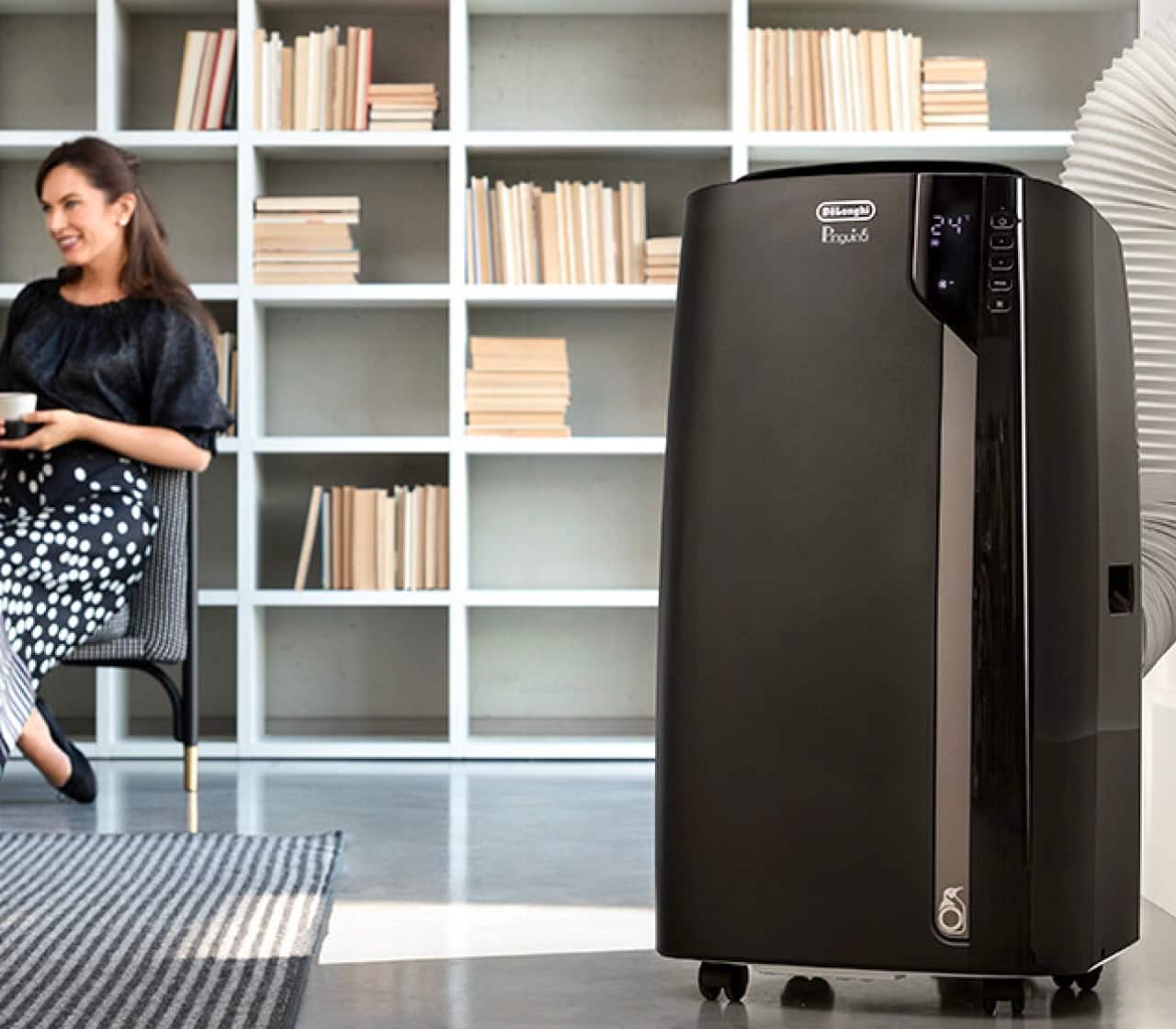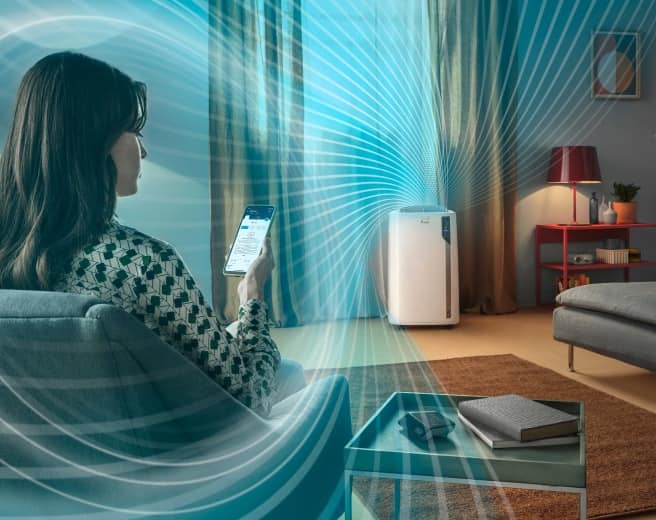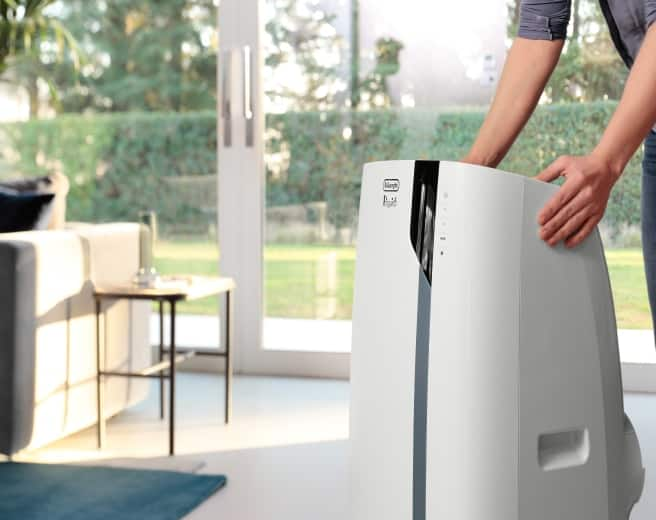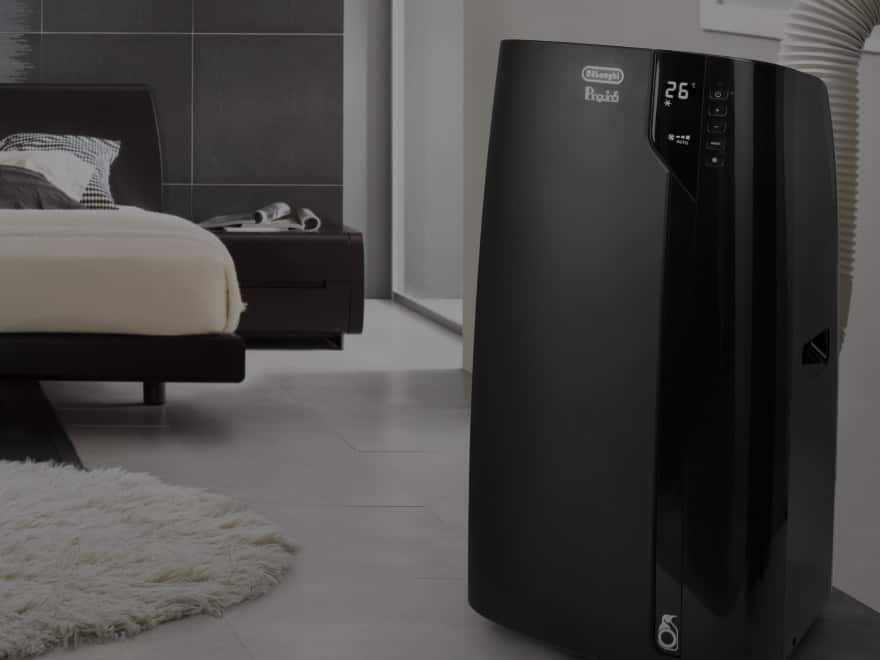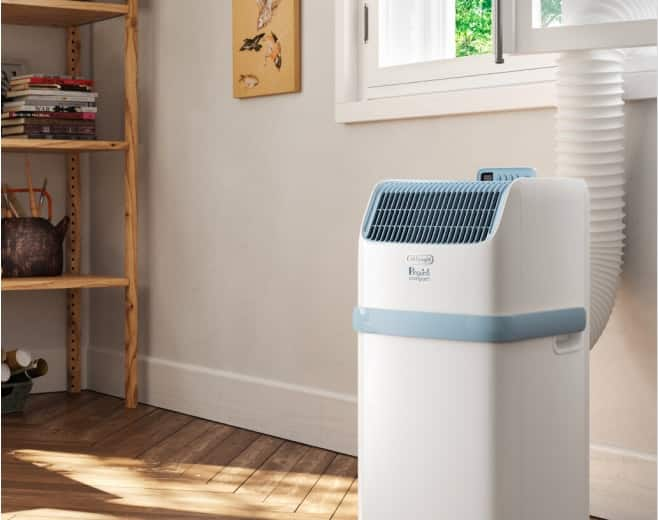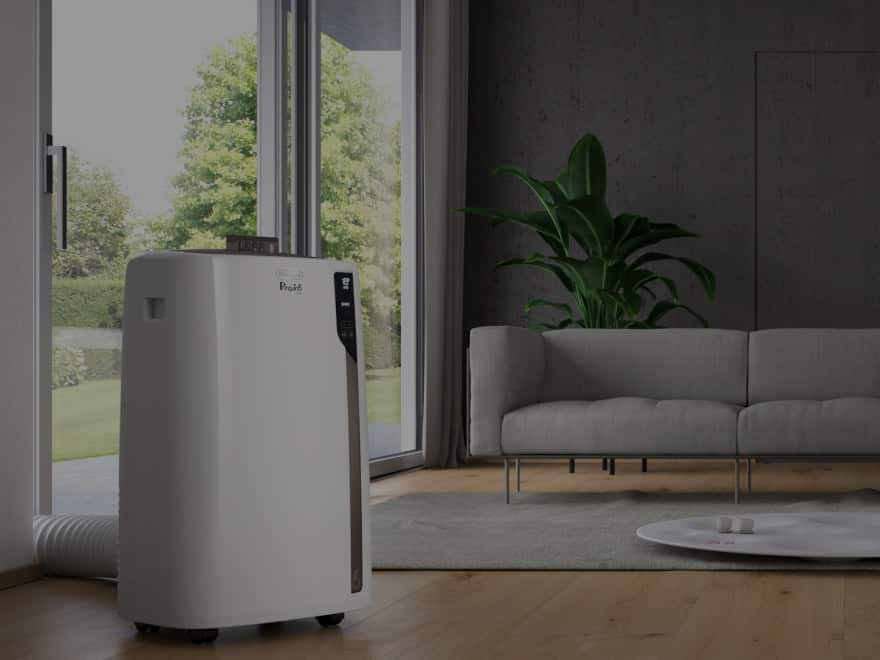
Λειτουργία θέρμανσης και Λειτουργία αφύγρανσης
Η λειτουργία αφύγρανσης βοηθά στην απομάκρυνση της υπερβολικής υγρασίας από τον αέρα, βελτιώνοντας την άνεση και μειώνοντας τον κίνδυνο ανάπτυξης μούχλας. Αυτή η λειτουργία μπορεί να χρησιμοποιηθεί, για παράδειγμα, σε ένα πολύ υγρό δωμάτιο ή σε συγκεκριμένες περιόδους του έτους, όταν η υγρασία είναι ιδιαίτερα υψηλή. Το πρόγραμμα, που διατίθεται στο De'Longhi PAC EL92HP, επιτρέπει στη συσκευή να παρέχει ζεστασιά κατά τη διάρκεια των ψυχρότερων μηνών, καθιστώντας την μια ευέλικτη συσκευή που μπορεί να χρησιμοποιηθεί όλο τον χρόνο.










